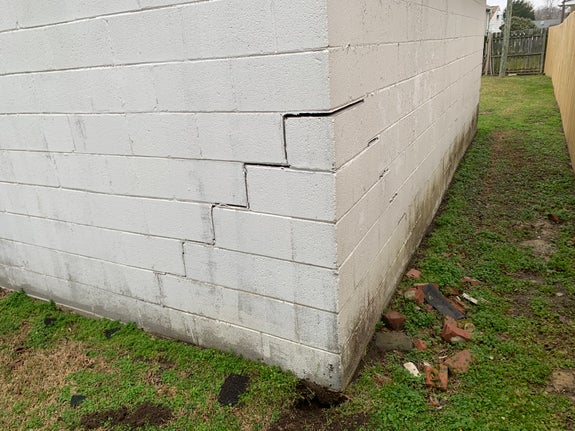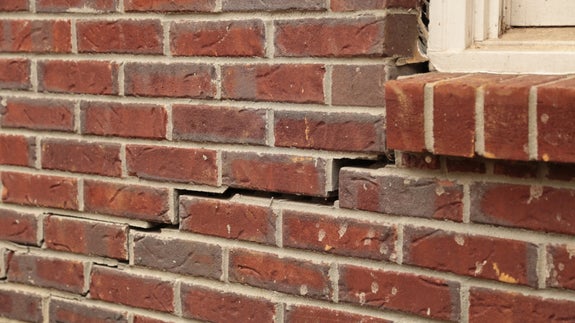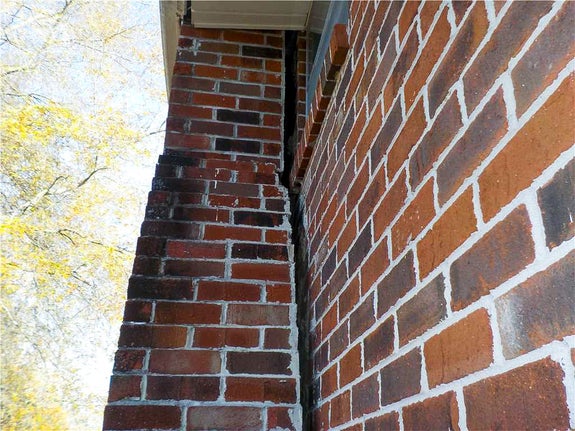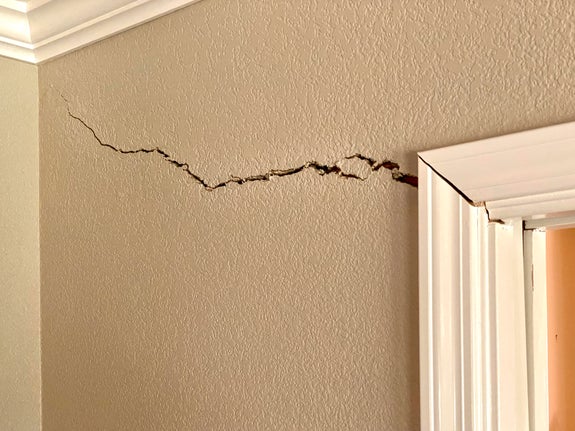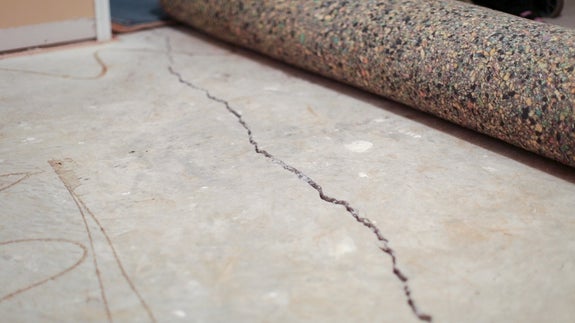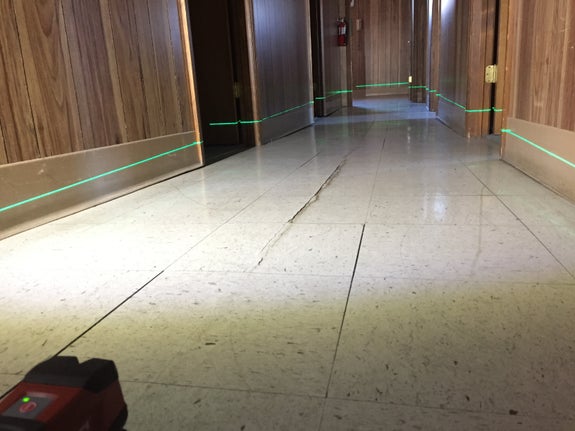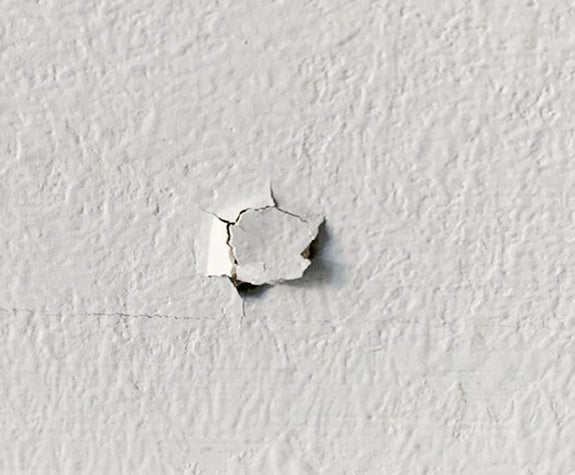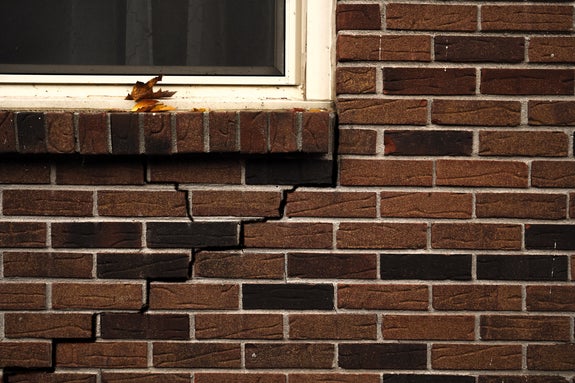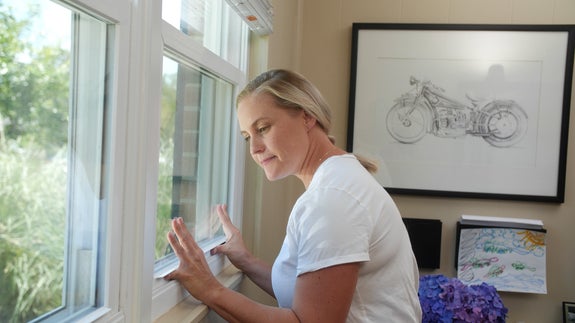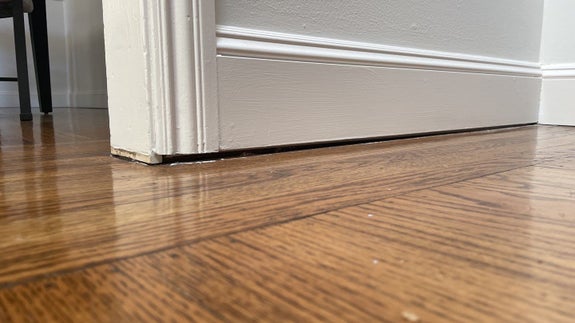Foundation Settlement
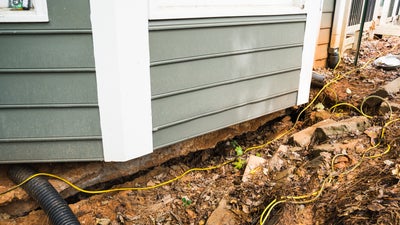
Foundation settlement is a serious issue that can cause significant damage to your home. Recognizing the underlying causes and taking preventive measures is crucial. However, if your home has already experienced settlement, seeking prompt, professional assistance is vital.
Bay Area Underpinning’s experienced technicians provide expert foundation settlement assessment and repair. We use precise methods to identify the cause and severity of the settlement and develop and implement a customized solution to stabilize and lift your foundation.
Learn about the settlement process here and make an informed decision to protect your home’s future.
What Is Foundation Settlement?
Foundation settlement results from a home’s foundation sinking into the underlying soil, typically due to inadequate support for the structure’s weight.
This process can unfold gradually over many years or suddenly following heavy rainfall or droughts. As the foundation settles, it separates from the rest of the structure, resulting in wall cracks, sticking doors and windows, and uneven flooring. If not addressed promptly, substantial foundation settlements can lead to severe structural harm.
At Bay Area Underpinning, we offer an array of foundation repair solutions that provide lasting stabilization for settled foundations. Our push piers, helical piers, and slab piers effectively stabilize foundations and deter future settlement.
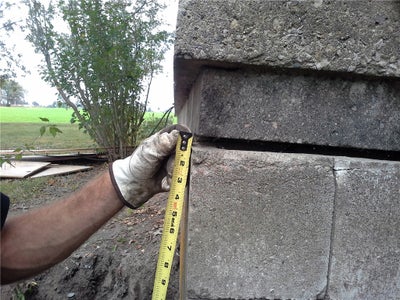
What Causes Foundation Settlement?
Several soil-related factors lead to foundation settlement:
- Soil Shrinkage: In droughts, clay soils shrink and cause foundation sinking. Nearby mature trees worsen the issue by absorbing soil moisture.
- Soil Expansion: Heavy rain or flooding makes clay soil absorb water, causing it to expand and push upward on the foundation. When the soil dries, it leaves voids underneath, leading to sinking.
- Inadequate Soil Compaction: Loose soil under the foundation can compress over time due to the weight of the house, leading to settlement.
- Erosion: Runoff around the foundation erodes soil, weakening support. Inadequate drainage and blocked gutters worsen the issue.
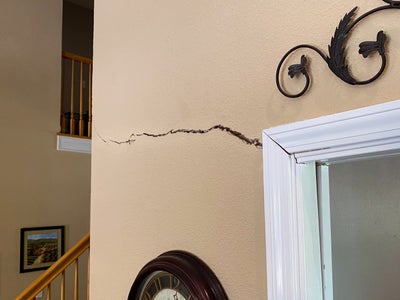


Can Foundation Settlement Be Fixed?
Yes, foundation settlement can be repaired. The crucial step is to provide lasting stabilization to the foundation and potentially elevate sunken sections by redistributing its load to deeper, more secure soil or bedrock.
In most cases, addressing settlement-related issues does not necessitate a complete foundation replacement. There are simpler, less invasive, and highly effective solutions available, and Bay Area Underpinning has extensive experience in applying them.
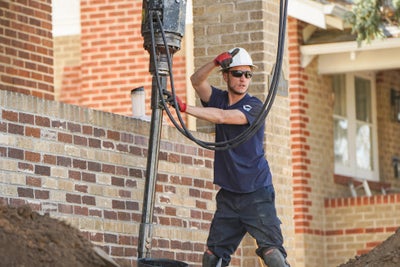


How to Fix Foundation Settlement
Bay Area Underpinning repairs foundation settlement using innovative foundation repair technologies, including:
- Push piers: Steel piers are driven deep into the ground below the foundation and then connected to the footing with brackets.
- Helical piers: Screw-in steel piers are installed beneath the foundation to anchor into stable soil.
- Slab piers: Strengthen and potentially elevate sunken concrete slabs.
Our system of steel foundation piers provides lasting stabilization for homes, with the potential to raise settled sections. We also repair cosmetic damage caused by settling.
Why Address Foundation Settlement Now?
Addressing foundation settlement at the first sign of damage is crucial for several reasons:
- Prevention of further damage: Settlement worsens over time, potentially resulting in extensive and costly repairs.
- Ensuring safety: Significant sinking leads to uneven floors and unstable walls, posing safety risks.
- Safeguarding your investment: Settlement-related damage negatively impacts the value of your home. Foundation repair restores and maintains property value.
- Providing peace of mind: Our permanent solutions ensure the safety and stability of your home, offering security and peace of mind.
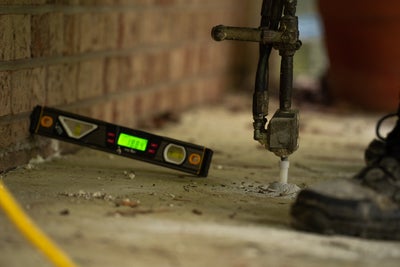


Bay Area Underpinning quickly and effectively resolves foundation settlement concerns with specialized repair services and highly skilled technicians, ensuring long-term stability for your home.
Contact Bay Area Underpinning for Foundation Settlement Solutions
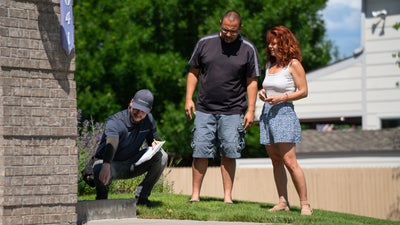


Bay Area Underpinning has the expertise to accurately diagnose foundation issues and the state-of-the-art pier solutions to repair them. We offer free, no-obligation estimates for our services, and our skilled technicians are available now to inspect your home’s foundation and recommend the best solutions. Contact us today to get started!
FAQs
Common signs of foundation settlement include:
- Foundation wall cracks
- Sticking doors and windows
- Uneven floors
- Cracks in floors and ceilings
- Floor gaps
Foundation repair costs vary based on the severity of the damage and the chosen repair approach. Bay Area Underpinning provides complimentary, no-obligation estimates for our foundation repair services. Contact us to schedule a free inspection and learn more about financing options.
Foundations settle unevenly due to many soil-related factors, including:
- Drought-induced soil shrinkage
- Soil expansion during heavy rains or flooding
- Loose soil
- Soil erosion due to poor drainage or clogged gutters
If you suspect foundation settlement in your home, contact Bay Area Underpinning for a free inspection and repair estimate.
Publish Date:
Last Modified Date:
Explore more problem signs
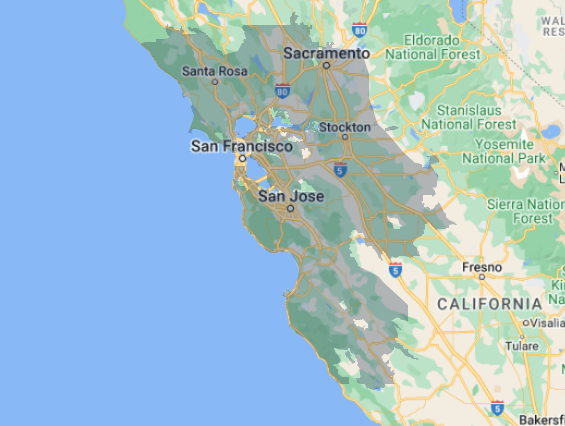
Our Locations
2333 Courage Dr. Suite C
Fairfield, CA 94533
1161 N Fair Oaks Ave
Sunnyvale, CA 94089

